IN BRIEF: We’ve come to a fun part of exploring Off Camera Flash (OCF). Using simple items from around the house, you can make your flash into a handy, fun lighting tool for your creative photography. Lots of tips here, so read to the end to find out why I no longer need AA batteries, at least for my flash.
Here are three tips for OCF. First, a Compact Disk is placed on the wireless flash head to light a bouquet of flowers. Next, a plastic bag covers the flash head for a DIY portable softbox. Finally, I tape a warming gel over the flash head for better detail in a travel photograph.
If you are looking for better contrast and the “How To” of OCF photography, see my articles in Part 1 and Part 2 of this three-part off-camera flash series. Here is the first example.
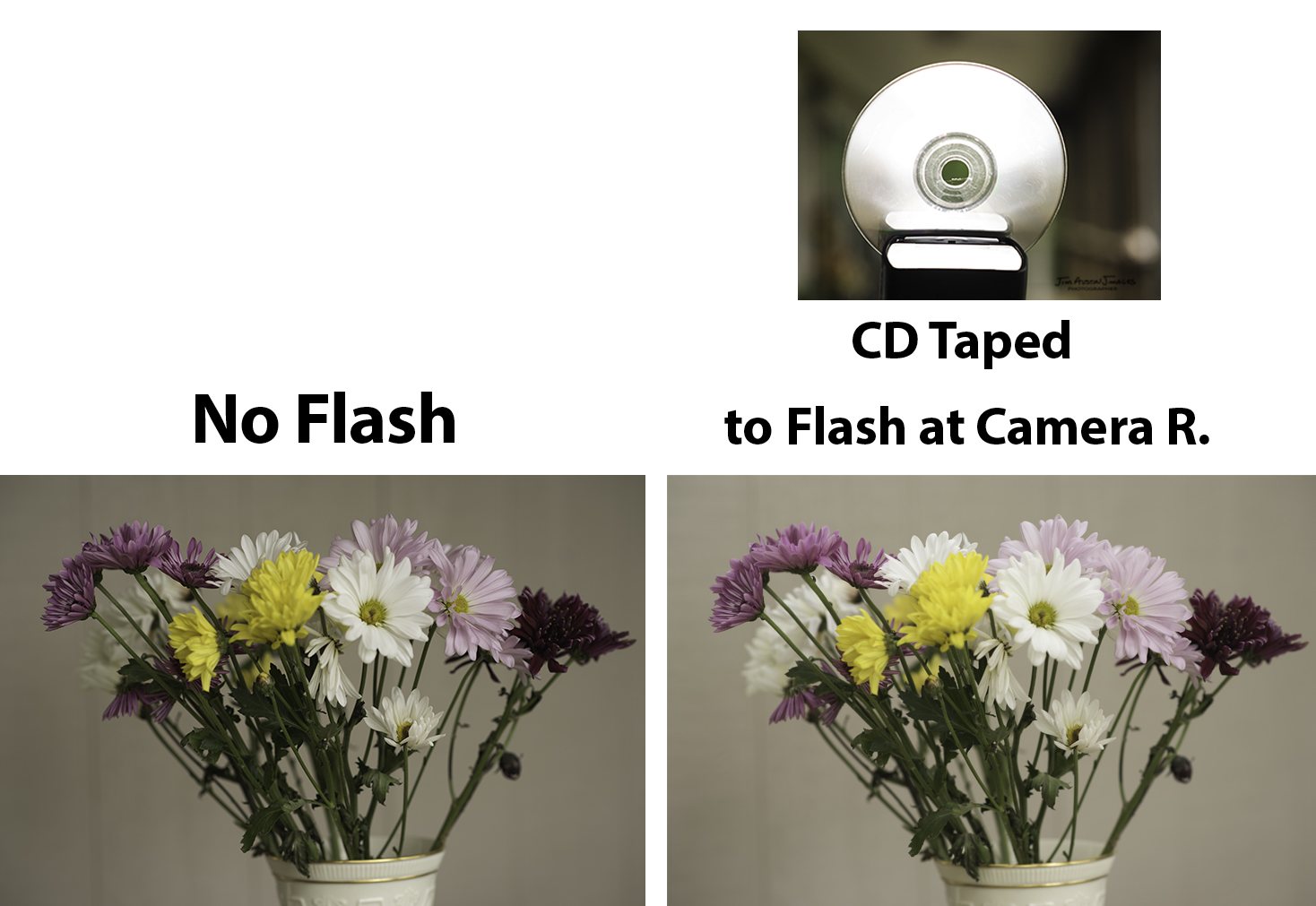
EXAMPLE 1 ABOVE: Compact Disk Flash Modifier
Here’s a fun idea. Everyone has an old scratched CD/DVD lying around. To make an “On The Go” bounce card, just tape a CD or DVD to the back of your flash at the top, and you’ll have a brighter bounce card. This technique improved the lighting on the flowers above right, when the OCF was held to the right of, and close to, the bouquet.
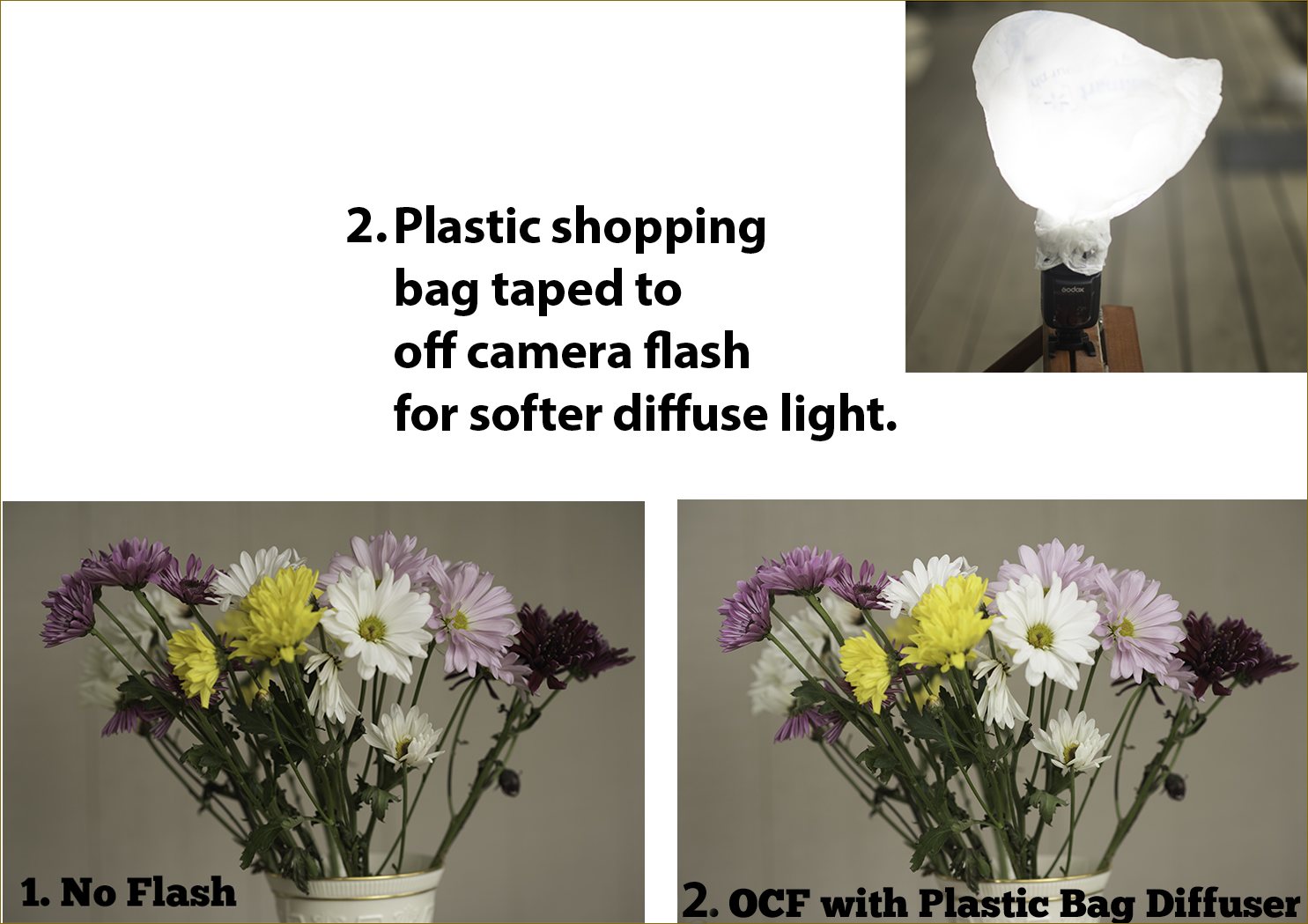
EXAMPLE 2 ABOVE: Shopping Bag Softbox
In example 2, the effect is subtle, and may be tough to see on a small screen. The daisy flowers at right are lit by a flash with a plastic bag softbox. They are slightly brighter than in the shot at left that was taken without flash.
It’s easy to tape one or two plastic bags to your flash head, and you gain a softer, diffused light in a pinch if you do not have a commercial diffusion panel or softbox available.
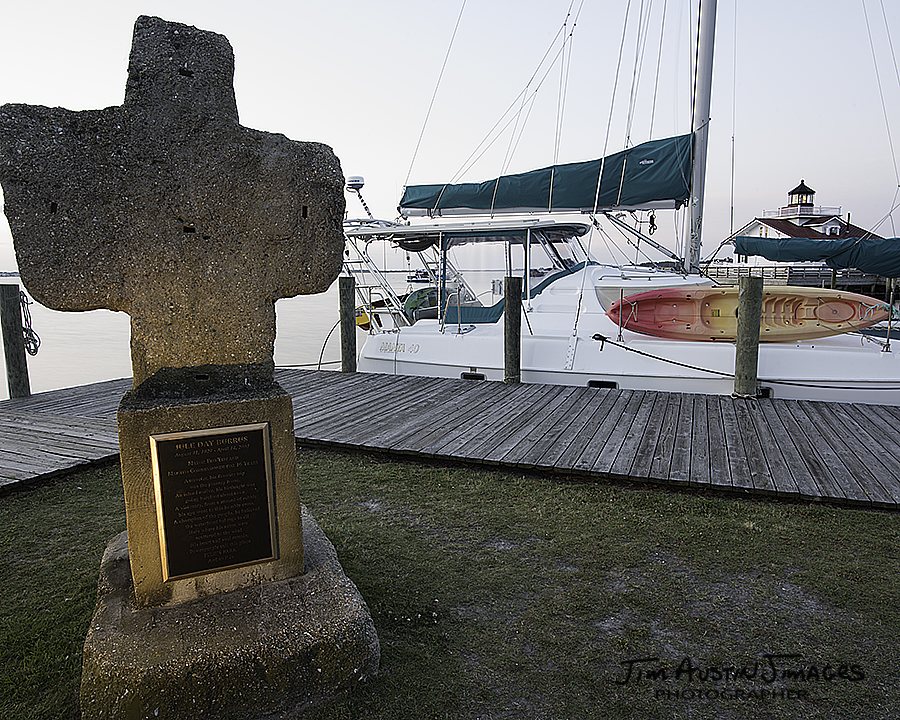
EXAMPLE 3 ABOVE: LIGHT PAINTING for a TRAVEL SUBJECT
On a grey, overcast morning at 6 am, a lighthouse, sail boat and an historical monument lined up as subject matter for a travel shot. The plaque on the monument was dark and lacked detail. With a tripod-mounted Nikon camera and 20 mm lens, I made an exposure of 6 seconds at F/16, at a sensor setting of ISO 32.
To light the plaque, I first taped a orange warming gel over the Godox v860 ii TTL wireless flash head. While the shutter was open, with the flash just out of frame at camera left, I popped 3 flashes at full strength (1:1), directing the flash at the rectangular plaque. This was done using the test button on the flash, so the flash was not triggered by the X1 T transmitter.
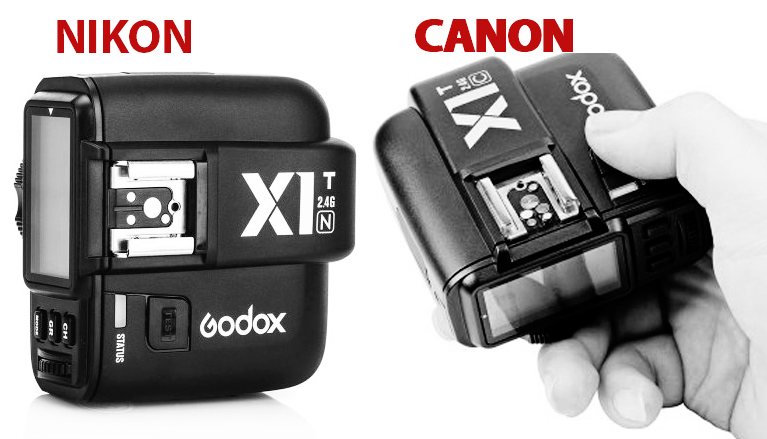
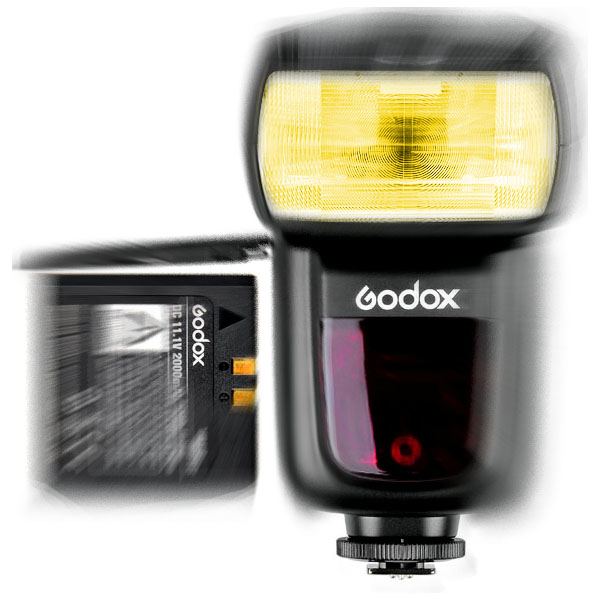
The Godox V860ii is a powerful flash.
FAQ ABOUT GEAR: 4 quick answers.
-
Q: What is the best thing about the flash ?
A: No more AA batteries in the flash. Its rechargeable lithium ion battery replaces AA batteries and also outlasts them. You’ll still need two AA batteries for the transmitter. The Godox v860 ii It is a powerful flash too, rated at GN58, roughly similar to Canon’s 600 EX and the Nikon SB-910.
-
Q: Can I use it with Canon?
A: Godox flashes and triggers are compatible with Canon and Nikon, see www.godox.com.
-
Q: Where do I put the X1 trigger?
A: Powerful, lightweight and with a built-in receiver, the Godox X1 transmitter mounts to the top of the camera (fully Nikon and Canon compatible).
-
Q: What does it cost?
A: The Godox flash, case, battery, flash shoe with tripod mount, and AC adapter come shipped for about $190 USD. The X1 transmitter is about $50 and does not include AA batteries. The Godox v860 ii flash is half the cost of a Nikon SB-700 and about 1/3rd the cost of the Nikon SB-910.
Jim Austin MA is an adventure photographer and one of the founders of the Slow Photography Rebellion. A photography educator, he is devoted to teaching workshops and One:One Coaching. Austin travels and lives aboard the sailing catamaran Salty Paws.


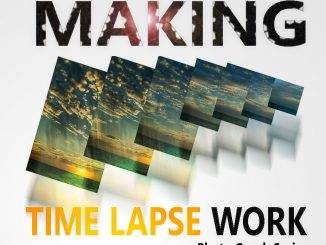

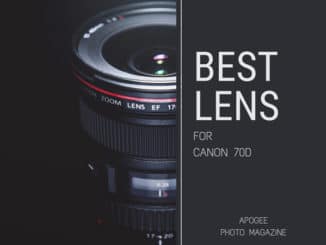
Leave a Reply